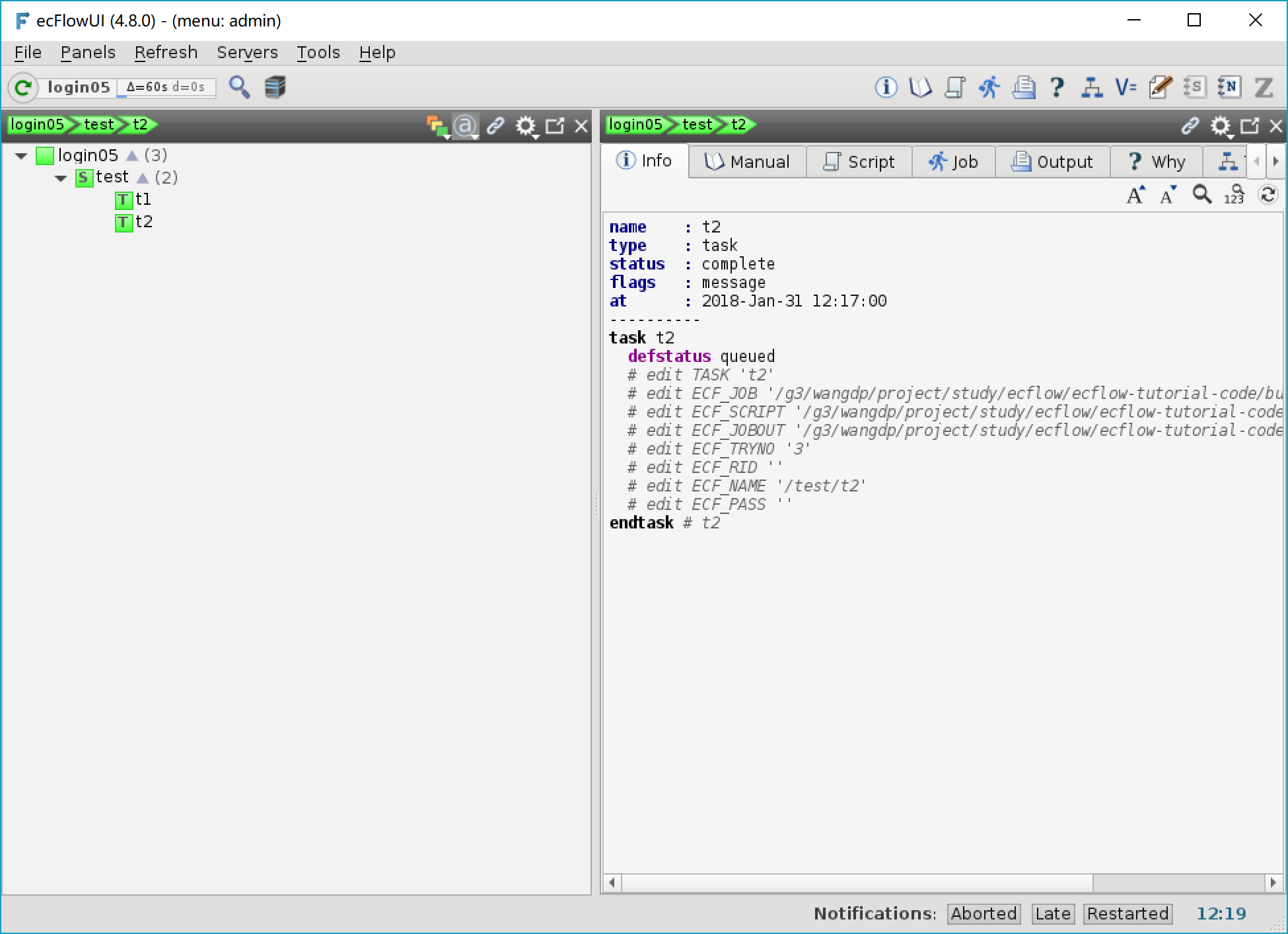


The constants our examples use are preferred because they are standard and enable programs to adjust to languages that have different orientations. Version note: Before JDK release 1.4, the preferred names for the various areas were different, ranging from points of the compass (for example, BorderLayout.NORTH for the top area) to wordier versions of the constants we use in our examples. These areas are specified by the BorderLayout constants: They have been replaced with PAGE_START, LINE_START, LINE_END and PAGE_END respectively.Ī BorderLayout object has five areas. Moreover, when you are using BorderLayout never use NORTH, EAST, WEST and SOUTH for BorderLayout. Image = ImageIO.read(getClass().getResource("/img/caIcon.png"))
#Eclpse flowlayout code#
This code represents how you read using ImageIO and URL, import SwingUtilities.invokeLater(new Runnable()Įlse if (HIDE_ACTION.equals(actionCommand)) String actionCommand = event.getActionCommand() Public void actionPerformed(ActionEvent event) Public New2Controller(JButton show, JButton hide, JLabel label) Private Icon infoIcon = UIManager.getIcon("rmationIcon") tLayout(new FlowLayout(FlowLayout.CENTER)) Ĭlass New2Controller implements ActionListener New2Controller n2c = new New2Controller(showButton JButton hideButton = new JButton("Hide") JButton showButton = new JButton("Show") SetDefaultCloseOperation(WindowConstants.EXIT_ON_CLOSE) Ĭontainer.add(createControls(), BorderLayout.CENTER) Private static String HIDE_ACTION = "hide" Private static String SHOW_ACTION = "show"
#Eclpse flowlayout how to#
Here try this code, I had separated the Controller part, you might get some idea, as to how to do things : import RowLayout aligns all controls in one row if the type is set to horizontal, and one column if it is set to vertical. Moreover, in your code you are overriding paint(.), for Swing we prefer to override paintComponent(.) method of the respective JComponent if the said component in question has one. Instances of this class determine the size and position of the children of a Composite by placing them either in horizontal rows or vertical columns within the parent Composite. That way it's easy to add/remove them as an when needed, instead of painting. if teher is No JRE and click on add jre tab and provide the directory location of the Jre and add that.

and then replace the dependency of your project with the new JRE you installed in eclipse. As said likewise, by others, always use JLabel to display images. Or Add a new JRE in eclipse using Window>Preferences>Java>Installed JRE and locate the path of the JRE folder in your machine.


 0 kommentar(er)
0 kommentar(er)
